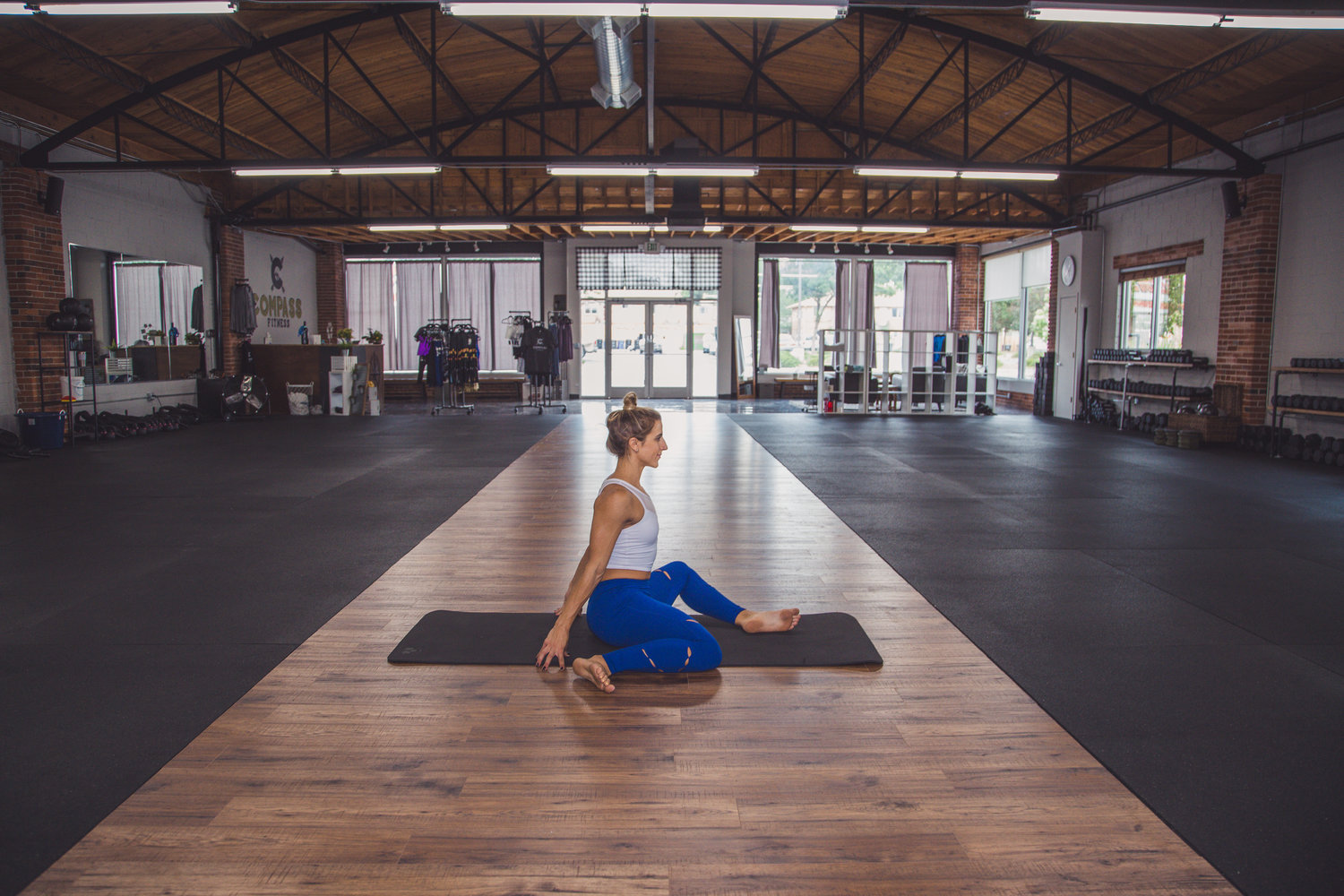What Does Mobility Mean, Anyway? Plus, Mobility Drills for Your Wrists, Shoulders, and Hips
I will never understand why so many people go balls-to-the-wall for a sixty-minute workout, yet refuse to spare five minutes ensuring they’ll make it back the next day.
Not following? Let me tell you a little story.
A few years ago I had a shoulder injury I couldn’t shake (yea, trainers get injured too). I saw all the doctors, did all the physical therapy, spent all the money, but no matter what changes I made or treatment I did, it still bothered me. My shoulder became a serious impairment, causing an obvious imbalance in my body and hindering my workouts.
Finally, I found something that worked—something that didn’t require an appointment, health insurance, or a withdrawl from my bank account. Something that took all of five to ten minutes of my time, yet got me back to going ham in my workouts.
...And I don’t know why I’m trying to build up the suspense here because the title totally gave it away, but that “something” was mobility.
Mobility: What is it, anyway?
In the simplest terms, mobility is the range of motion within your joints. Through mobility training, we’re working to increase that range of motion.
Mobility is different than flexibility, and the two often get confused. When you stretch and try to loosen up your muscles, you’re working on your flexibility. When you try to loosen up your joints, you’re doing mobility work—focusing on the hips, shoulders, spine, knees, ankles, and wrists. These areas often get overlooked, and can cause complexes or injuries over time (stay with me, I’ll explain in a second).
Why is Mobility Important?
Here’s your history lesson for the day: Humans were never meant to sit in front of computers. We were meant to run, jump, walk, and hurdle over a rock or two. These varied exercises moved our joints in many different directions, and therefore kept our joints healthy.
Movement is to your joints what oil is to your car (or to the Tin Man in the Wizard of Oz, but I was really, really trying not to use than analogy). Without oil, a car will rust over; without movement, your joints get kinda...stuck.
Since most of us sit stationary for eight hours plus per day, our joints don’t get the movement they need. If your hips pop when you stand up from your desk chair, if your knees creak when you crouch to sit on the floor, if your ankle literally makes noise when you move it in a circle—those are all mobility issues. And that’s what causes issues down the road, just like my not-so-little shoulder problem.
Two Ways to Work Mobility into Your Workout Routine
Mobility, just like any type of movement, takes work. If you try a few mobility exercises and think, “Crap, I’m no good at this,” don’t get frustrated! Give it time and stick with it, and you’ll see your range of motion increase.
There are two ways to add mobility into your fitness routine:
Mobility Drills: I share mobility drills all.the.freaking.time. on my IG page (just check them out here, here, and here), so do them with me! Honestly, they take five minutes of your time, but save HOURS wasted at physical therapy down the road.
Self Myofascial Release (SMR): This is where you grab a foam roller, tennis ball, or lacrosse ball to help release some of the tightness in your muscles, surrounding the joint.
And if you’re reading this thinking, “Yea but...Tara, I don’t KNOW any mobility drills,” don’t worry, I got you.
Mobility Drills For Your Wrists, Shoulders, Hips, and Every Joint in Between
If you’re looking to add mobility to your fitness routine, the easiest way is to follow along with a trainer certified in mobility training [PS: If you’re a trainer looking to get mobility certified, I got mine from Onnit Academy]. I have every intention to post more mobility videos on my YouTube channel, but until I hit every joint, check out these IG clips for your spine, shoulders, hips, and ankles. Hit each one of those videos, then come back the next day for this total body mobility routine.
But for a follow-along mobility practice, try these videos for your shoulders, wrists, and hips. And again, be sure to check back on YouTube in the upcoming months for more mobility drills.
Wrist Mobility Drills
Hip Mobility Drills
Shoulder Mobility Drills
What mobility questions do you have? What drills do you want to see?
I’d love to answer them! Drop me a line below, and I’ll be sure to share them on Instagram or on my weekly newsletter.



